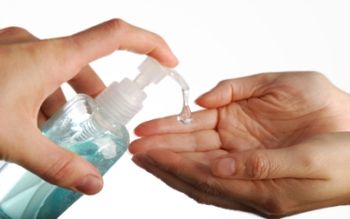
News





Healthcare-associated infections claim the lives of 99,000 people every year, according to CDC statistics, and several nationwide initiatives are linked to reducing the risks of adverse events and increasing patient safety.

While Joint Commission standards require hospitals to identify those responsible for infection prevention and control programs, its up to the organization to determine staffing and skill mix based on hospital goals.











Three is the magic number when it comes to getting rid of bacteria on plastic surfaces, suggests research from a University of Alberta study. Swiping a plastic surface three times will get rid of most bacteria, regardless of whether youre using a disinfectant wipe or a tissue with saline, a team in the Faculty of Medicine & Dentistry have discovered. But if time is short, a single swipe with a bacteria wipe is best.



Infection prevention and control departments have responsibility and oversight for implementing and monitoring strategies that help reduce infection risk throughout healthcare facilities. Infection preventionists are often asked to weigh in on strategies that are unfamiliar to them. In the perioperative setting, a proven and effective approach in helping fight surgical site infections is maintaining normothermia.

Now that surgical site infections (SSIs) are being targeted for reduction by the U.S. Department of Health and Human Services (HHS) in its Action Plan to Prevent Healthcare-Associated Infections, hospitals have even greater incentive to address orthopedic-related SSIs which present immense costs and significant morbidity and mortality.








